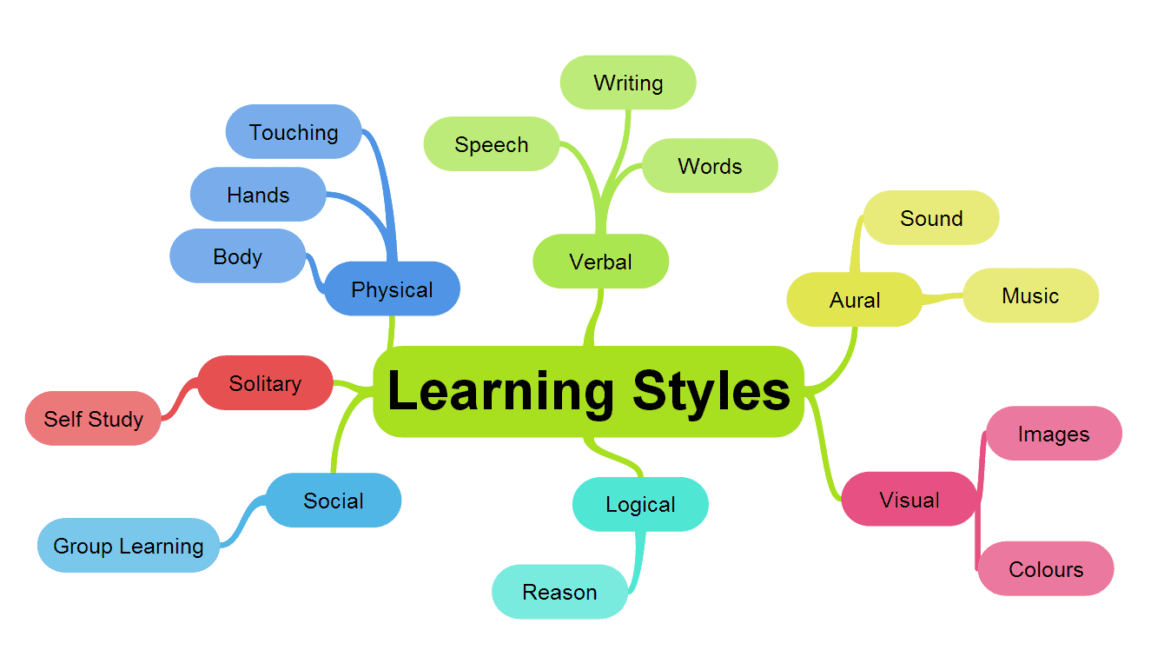Definition and Different Kinds of Learning
In this article, we shall further examine the term “learning” from the perspective of development. In addition to defining the term “learning” as an essential aspect of development, the unit shall also highlight the various kinds of learning and their basic features.
Definition of Learning
The term “learning” refers to a relatively permanent change in behavior that occurs as a result of experience or practice. Two things are emphasized in this approach to learning:
One, the behavior should be observable and, secondly, the behavior change should be relatively permanent.
However, there are obvious limitations to this approach because private thoughts, feelings, emotions, etc. cannot easily be studied but it is argued that these are usually translated into overt behavioral responses, which can be observed and thus studied.
Not all behavioral responses are the results of learning. Reflex actions such as blinking of an eye when a bright light shines into the eyes, and withdrawal of a hand in response to a hot object, are wired into a person’s nervous system and occur without any practice.
Certain responses although influenced by experiences are more dependent on maturation. Thus, behavior like crawling and walking are maturational rather than learned.
Read Also: Stages of Play in the Pre-school Years
Learning is a very vital aspect of development as the child experiences increasingly complex levels of functioning and behavior at each successive stage of maturation.
Different Kinds of Learning

There are different kinds of learning depending on the method used for learning and what is being learned.
1. Classical Conditioning
Classical conditioning was first observed and demonstrated by the Russian psychologist Ivan Pavlov.
The kind of learning is dependent on a stimulus-response association. An event in the environment, which can be called an unconditional stimulus (UCS), automatically produces a natural response which is called the unconditional response (UCR).
The UCS when repeated with a specific neutral stimulus termed conditioned stimulus (CS) produces the earlier response, and the repeated occurrence of the CS with the UCS results in the association of the CS with the response.
Thus, finally, the CS alone would also result in the same response which is now termed Conditioned Response (CR).
Pavlov’s Experiment:
- Neutral Stimulus (Sound) No Response
- UCS CR (Food) (Saliva)
- CS + UCS UCR (Buzzer) (Food) (Saliva)
- CS CR
- (Buzzer) (Saliva)
2. Operant Conditioning or Instrumental Conditioning
The American Psychologist, B. F. Skinner, was the first to popularize operant conditioning. This is different from Classical Conditioning in that the initial response is reflexive and spontaneous.
The result produced by this response is desirable thus the consequent reaction reinforces the response, which was initially random.
Read Also: How to Spot Vision Problems in Babies
Hence, the individual learns to perform a particular action to produce a particular result. Since the person’s behavior is instrumental in affecting the outcome, this kind of conditioning is called instrumental conditioning or learning.
If the behavior is followed by a pleasant stimulus, the reinforcement is positive and if the behavior is followed by the removal of an unpleasant stimulus, the reinforcement is negative. In both cases, the behavior is reinforced because the result is desired.
Another aspect of this learning is that such behavior may result in consequences, which are undesirable and unpleasant, and thus decrease the chance of recurring.
The use of punishment, which leads to pain and unpleasantness, is one such consequence that discourages a given behavior.
However, it would be realized that showing the child more acceptable ways of behavior and encouraging these by positive reinforcement is more effective and less harmful than using punishment in the discipline.
Generally, a response will be learned more quickly and will fade more slowly if the reinforcement is given immediately after the response rather than after the delay. This principle is very important when dealing with children.
Behavior modification of children with behavioral problems is one of the main uses of operant conditioning by psychologists.
3. Imitation/Modeling
Imitation involves simple observation of a particular act and then the practice of that particular behavior by the observer. It is also called “modeling”.
Read Also: Baby constipation: Top 7 Home Remedies
This form of learning is observed frequently in the childhood years. It can also be seen as a very economical way of learning as it is less time-consuming.
Some psychologists feel that people imitate others because the initiative responses are reinforced but it can be pointed out that direct reinforcement may account for some but not all imitated behavior. For instance, the way we speak so our children copy; the language we use is the type they use too.
Albert Bandura has proposed that imitative learning can occur in the presence of reinforcement and that reinforcement merely serves as an incentive to produce the responses once they have been learned.
Imitation is not limited to mere mimicking of responses but includes learning that is consistent with a pattern present in the actions of the model. A child also learns attitudes and moral judgments by imitation.
4. Concept Learning
Concept learning refers to the phenomenon where the same response is learned for an entire class of situations or events.
For example, by learning the concept that hot things burn or scaled your hand causing pain and discomfort, one learns not to touch anything tots such as the flame of the stove or a lantern, gas, the hot coil of an electric heater, or the hot iron.
Read Also: 8 Amazing Importance of Health and Fitness to Life
The learning of a particular response set is not haphazard. The child gradually develops strategies for handling new problems and situations depending on the child’s age and intelligence and the nature of the task.
5. Rule Learning
Rule learning is the term given to learning about the relationship between two or more concepts. The learning of a rule is directly dependent on the child having previously acquired or learned the concepts in question.
For example, if a child has to learn that grass is green he should know what “grass” and “green” are. To a large extent, much of the learning of basic skills can be seen as the same amet ofrulemakingg.
Rule learning is dependent on several things such as mastery of concepts that make up the rule, the number of concepts in the rule, and the nature of the concepts, that is, the abstractness of concepts. It is more difficult to learn a rule if the child is unfamiliar with the concepts in the rule and if the rule refers to abstracts rather than to concrete objects and events or if the number of concepts increases.
In conclusion, learning is, therefore, a very vital aspect of development as the child experiences increasingly complex behavioral responses at successive stages of maturation.
Learning refers to a change in behavior that results from experience. Not all behavioral responses are the results of learning. There are different kinds of learning depending on the method used for learning and what is being learned.
Read Also: 10 fun and educational games to play with toddlers
Read Also: Factors that Determine Readiness to Educational Learning




